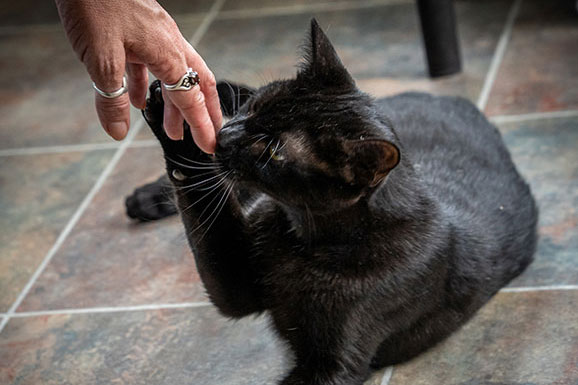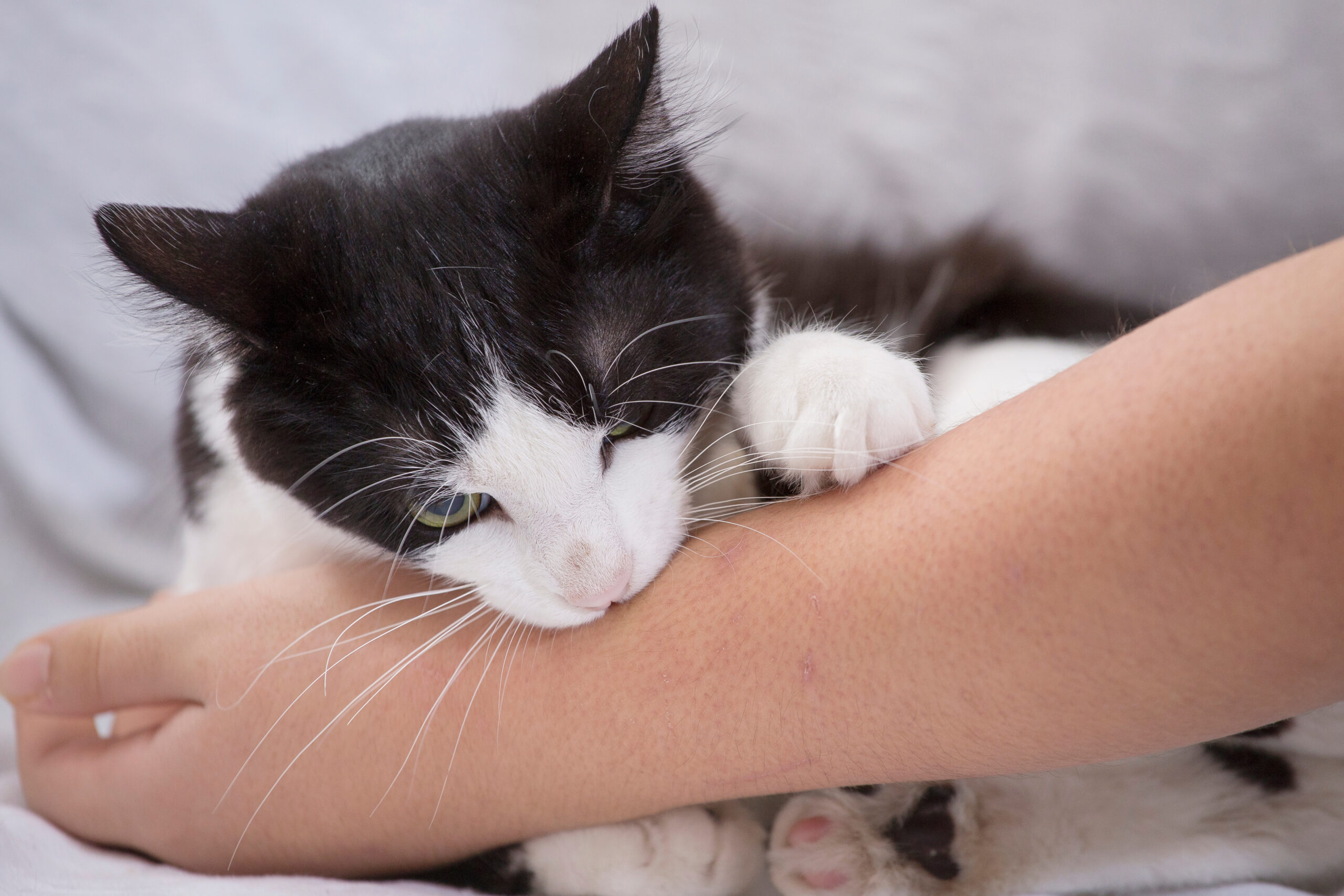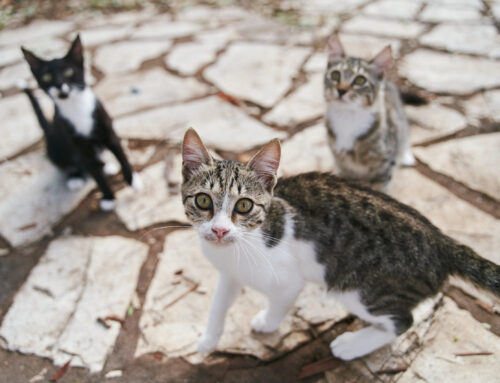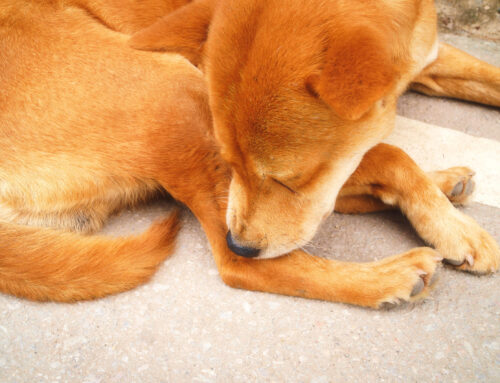When your cat bites you or your family, it can happen quickly and cause injury. There are several reasons why cats bite, and it’s important to understand them.
When cats are young, their playful behavior can sometimes become aggressive and result in bites. They may bite you as they launch a sneak attack from under the bed or pounce on you from a high place. This is a natural part of their development, but it should be discouraged as it can lead to biting as adults. 
Cats may also express their affection through gentle nibbles and love bites, which are typically harmless. Some cats may use love bites to communicate their desire for something, such as food or attention.
When cats feel scared or threatened, they may resort to biting. Signs of fear or aggression include meowing, hissing, crouching down, dilated pupils, raised hair on their back or tail, tail lashing from side to side, and ears pinned back. Recognizing these signals can help prevent biting by giving the cat space and reducing their fear.
Anger or fear biting, or bites from a normally docile cat, can be alarming to most cat parents. Cats may attack for various reasons, including anger, fear, irritability, or pain. If your cat shows signs of aggression, try to determine the cause by observing their behavior before the attack. If the cat bites because of fear, irritability, or pain, the underlying issue needs to be addressed. 
Cats must learn that it is unacceptable to bite or scratch their people. Even little play bites should be discouraged, as they can escalate over time.
To curb biting, provide interactive toys, scratching posts, and regular play sessions to redirect your cat’s biting behavior and satisfy their natural instincts. Avoid using your fingers or toes as play toys, as this can reinforce biting behavior. Instead, offer toys that keep a safe distance between your body parts and your cat’s teeth. Use positive reinforcement techniques to reward desired behavior. When your cat engages in gentle play or refrains from biting, offer treats or praise to reinforce their good behavior. Focus on redirecting and rewarding positive behavior rather than punishing your cat for biting.
Any cat bite that breaks the skin should be thoroughly washed with mild soap and running water. Apply an antiseptic solution and cover with a clean, sterile bandage. Cat bites have a high risk of infection, so it’s important to seek medical attention if necessary.

Kit Kat is one of our older kittens who have been waiting a long time for their people. They have spent their entire lives at the shelter and missed out on being adopted as adorable kittens because they came down with a virus and needed to be isolated. Now, they’re symptom-free and ready to be a part of a family.
For thirty years, the Animal Resource Center and Shops of Second Chance Humane Society have been serving Ouray, San Miguel, and Montrose Counties. Our adoption hours are from Wednesday to Sunday, 11 a.m. to 5:30 p.m. You can view our shelter pets and services online at www.secondchancehumane.org. Connecting Pets, People, and Community While Saving Lives.







Leave A Comment